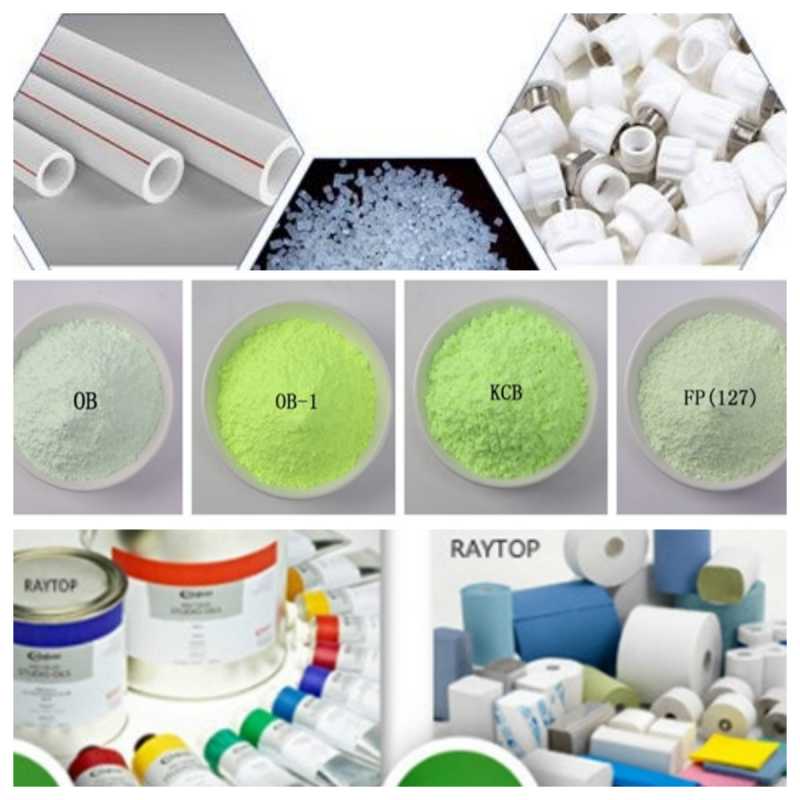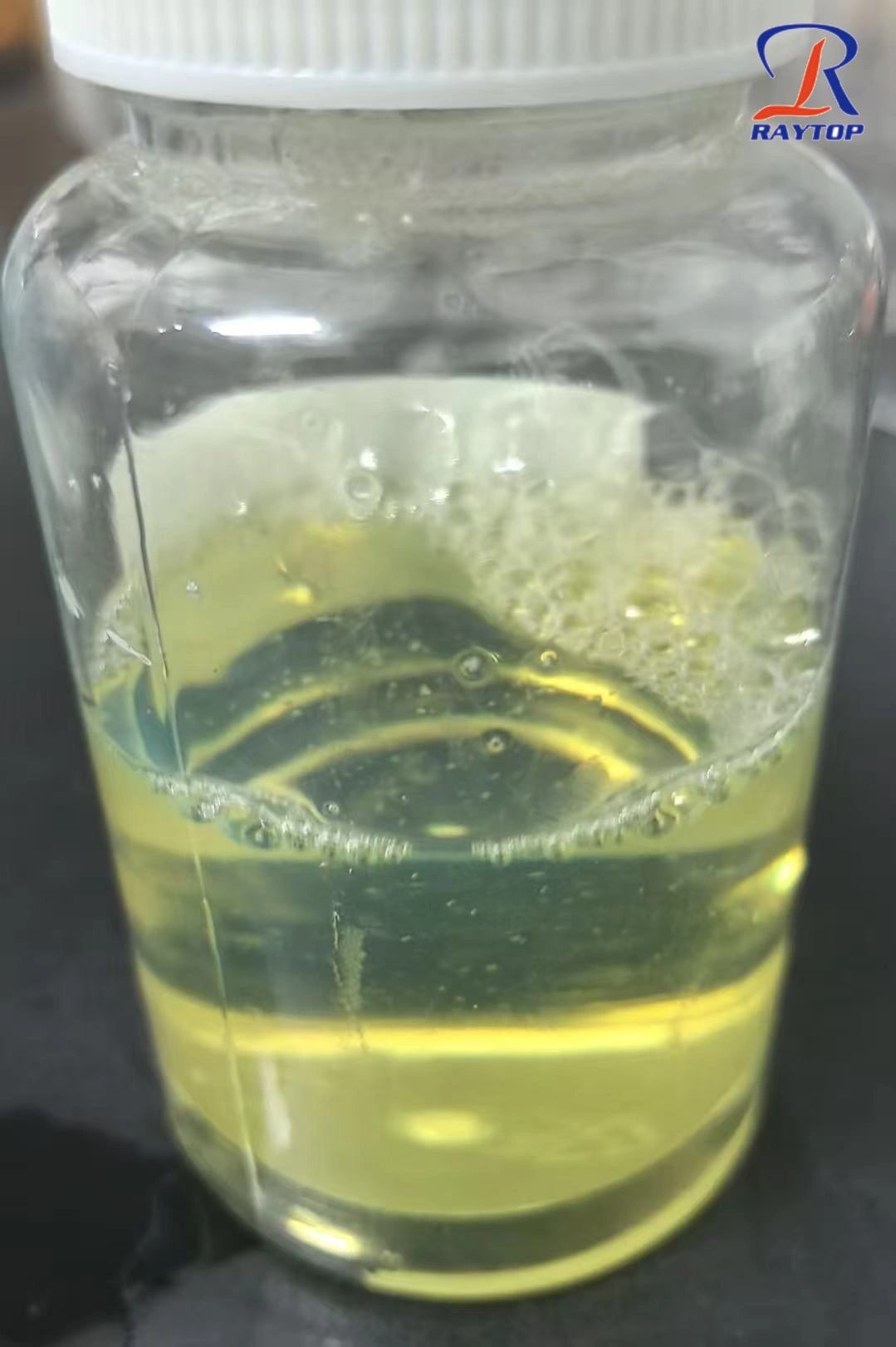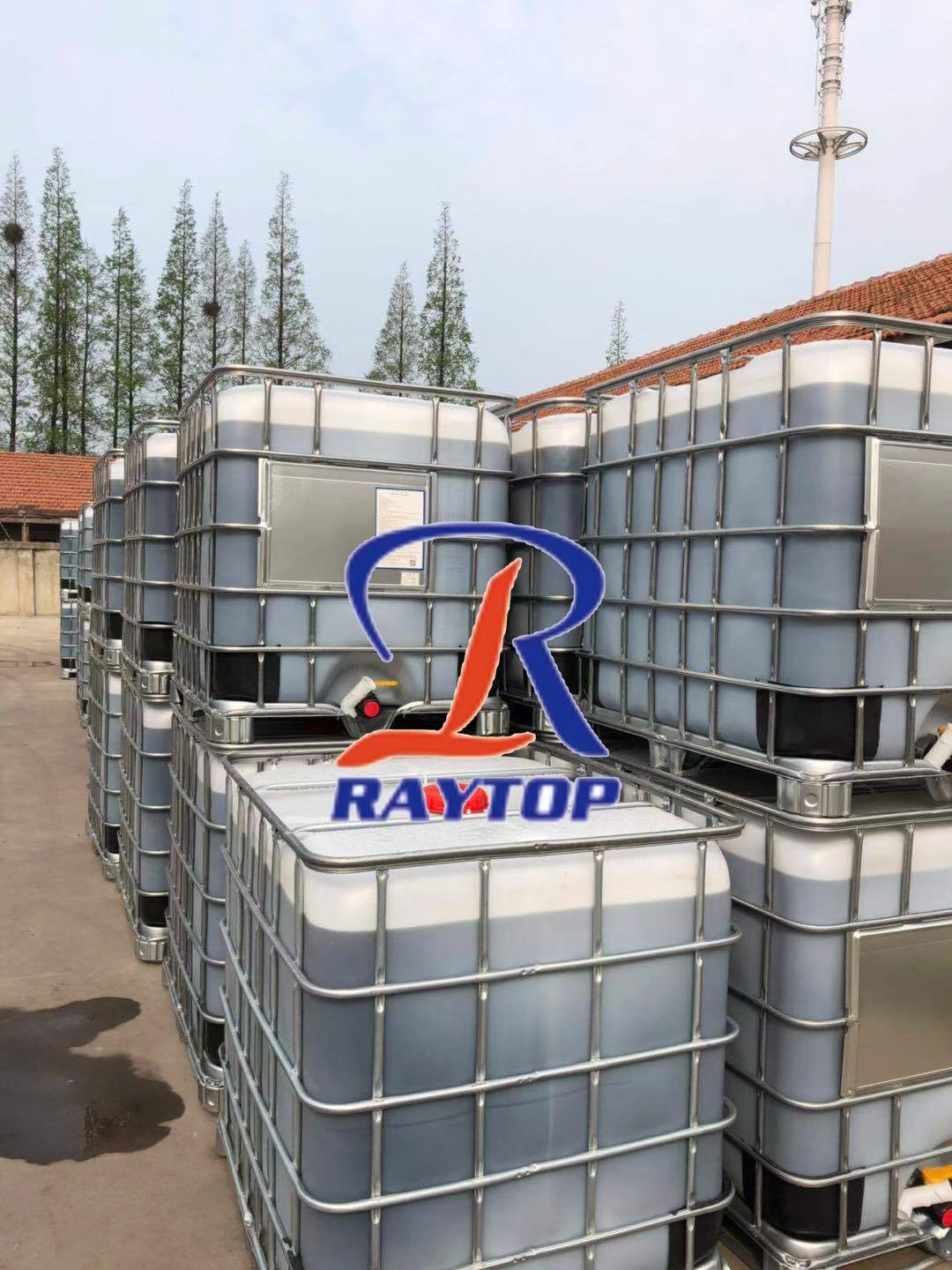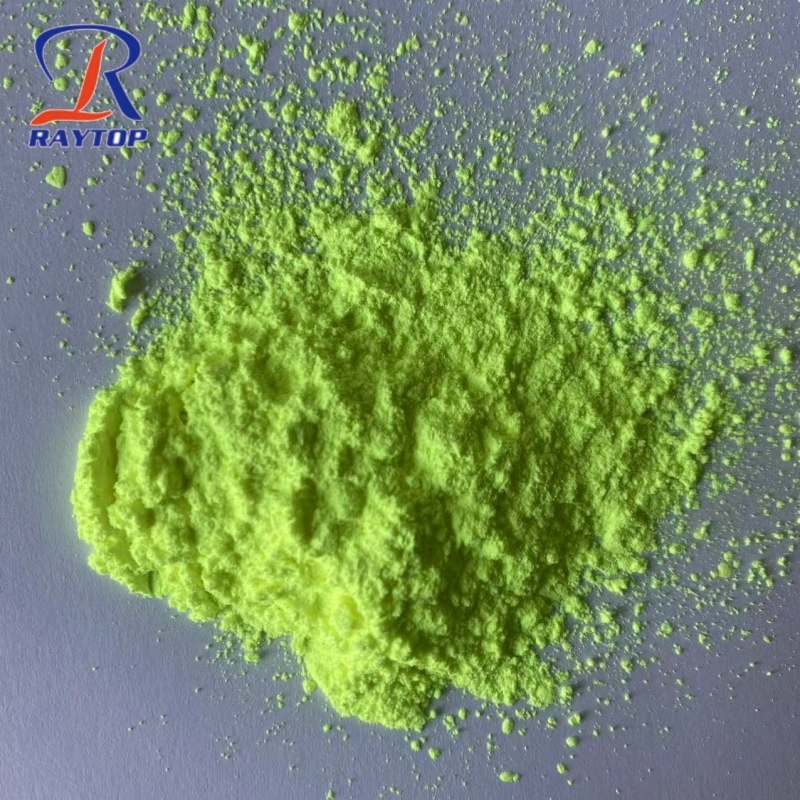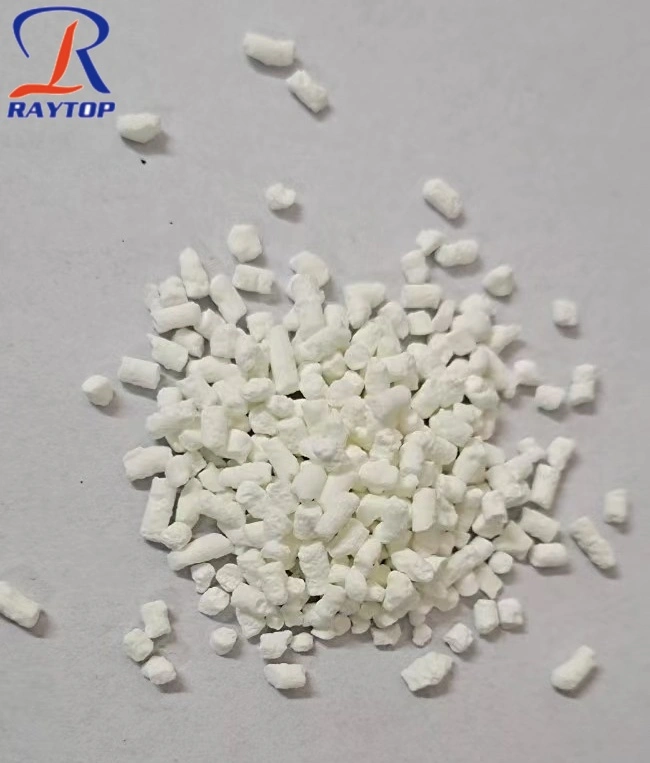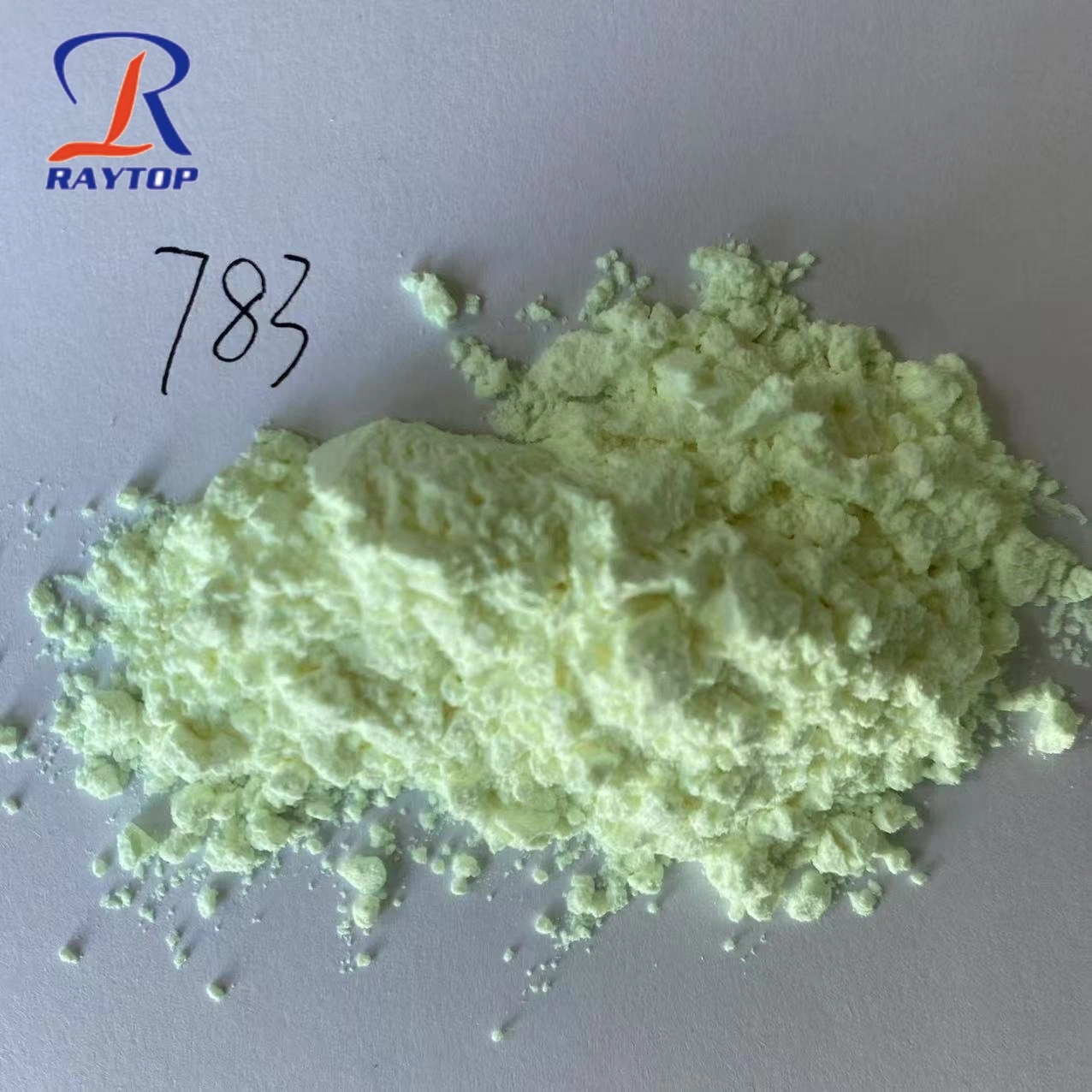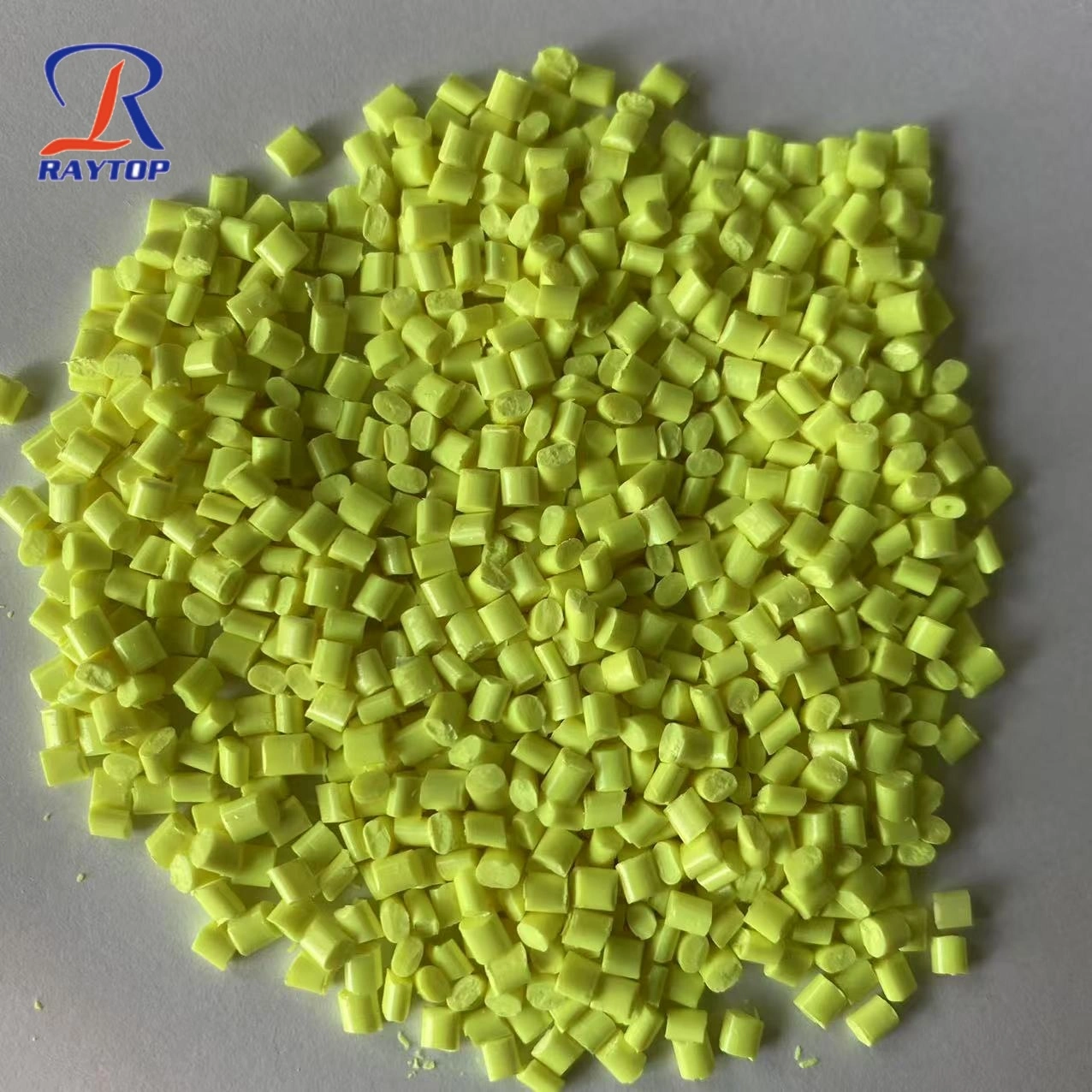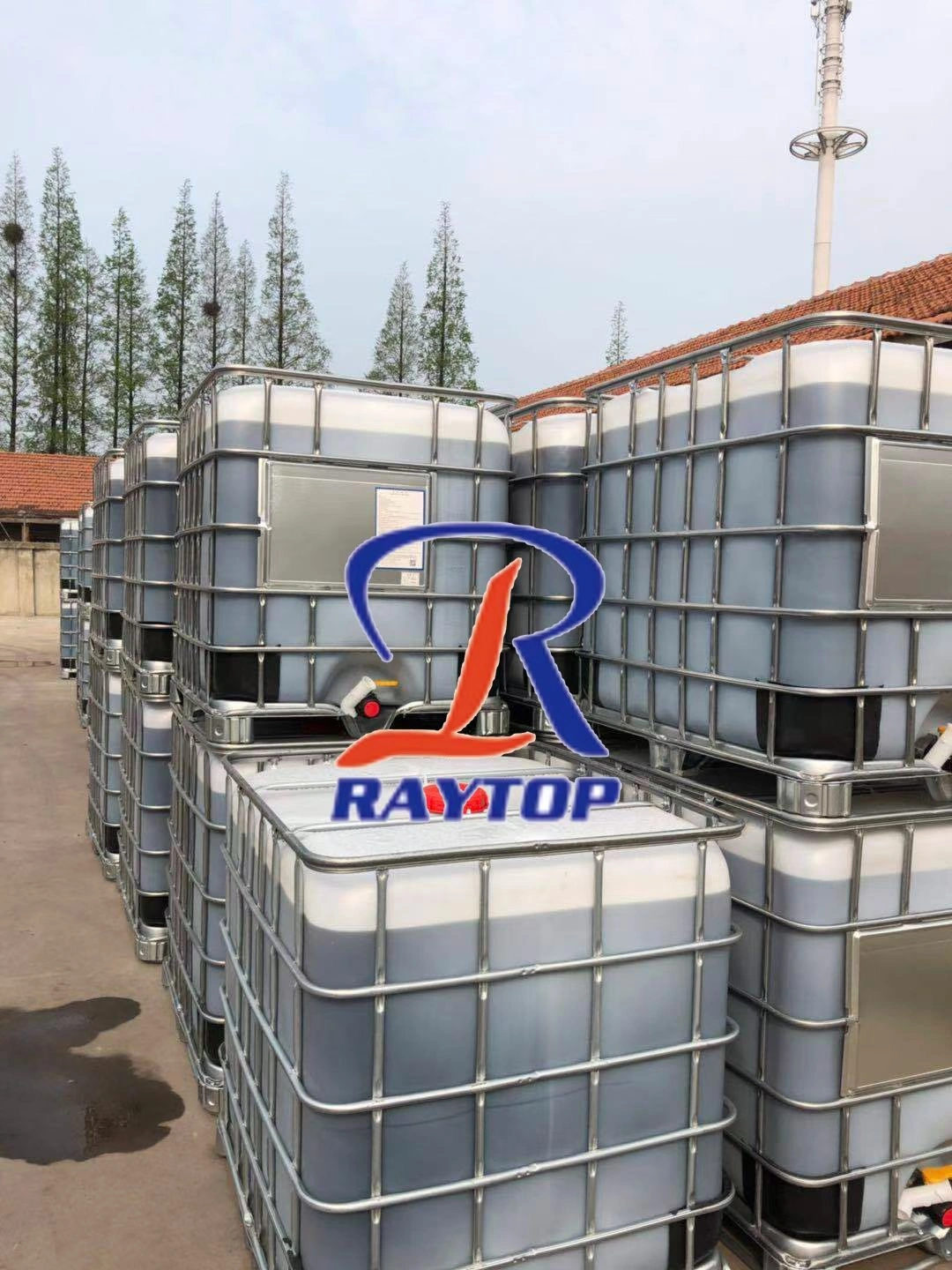PVC (polyvinyl chloride) is one of the most widely used plastics in industries ranging from construction to packaging. Its durability, versatility, and cost-effectiveness make it a popular choice for pipes, profiles, cables, films, and more. However, over time, PVC products can lose their bright white appearance and turn yellowish or dull. This discoloration is not only an aesthetic concern but can also affect the product’s perceived quality and market value.
In this comprehensive guide, we will explain why PVC discolors, explore the different whitening agents and techniques available, present research data on whitening performance, and show how Shandong Raytop Chemical Co., Ltd. offers advanced optical brightener solutions to keep PVC products brilliantly white.
Why Does PVC Discolor?
Understanding the cause of PVC discoloration is the first step toward effective whitening. The discoloration process is usually the result of UV exposure, heat, oxidation, or contamination.
Table 1: Common Causes of PVC Discoloration and Their Effects
| Cause | Mechanism | Effect on Color | Prevention Method |
|---|---|---|---|
| UV Exposure | Photochemical degradation breaks polymer chains | Yellowing | UV stabilizers, optical brighteners |
| Heat Processing | Thermal oxidation during extrusion or molding | Brownish hue | Heat stabilizers, low-temperature processing |
| Oxidation | Reaction with atmospheric oxygen | Yellowing & fading | Antioxidants, protective coatings |
| Pollution & Dirt | Surface staining from dust and chemicals | Dull appearance | Cleaning & surface protection |
The Science of Whitening PVC
PVC whitening can be achieved through two primary approaches:
Surface whitening – removing discoloration by cleaning, sanding, or applying surface coatings.
Intrinsic whitening – adding chemical whitening agents during the manufacturing process to improve and maintain whiteness.
Among intrinsic whitening methods, optical brighteners are the most efficient and widely used. These compounds absorb UV light and re-emit it as visible blue light, neutralizing yellowish tones and making PVC appear whiter and brighter.
Optical Brighteners – The Key to Long-Lasting PVC Whiteness
Optical brighteners (fluorescent whitening agents, FWAs) are high-performance additives that enhance whiteness and brightness without increasing pigment load. They are compatible with a variety of PVC grades and applications, offering:
High whitening efficiency at low dosages (0.01–0.05%).
Excellent stability during high-temperature processing.
Resistance to fading under UV exposure.
Cost-effectiveness compared to pigment-only whitening.
Research Data Example:
A controlled study showed that adding Optical Brightener OB-1 to rigid PVC increased the whiteness index (WI) from 78 to 88, an improvement of more than 12%, with only 0.02% dosage.
Table 2: Performance Comparison – PVC with and without Optical Brightener
| Sample Type | Whiteness Index (WI) Before | WI After Treatment | % Improvement |
|---|---|---|---|
| Rigid PVC (no OB) | 78 | — | — |
| Rigid PVC + OB-1 | 78 | 88 | +12.8% |
Different Whitening Agents for PVC
PVC whitening agents can be classified into several categories:
1. Optical Brighteners
These are the most effective for enhancing whiteness and preventing yellowing.
Shandong Raytop Chemical offers a comprehensive optical brightener product line for plastics, including:
Optical Brightener OB-1 – High-temperature resistance, ideal for rigid PVC profiles, pipes, and injection-molded products.
Optical Brightener OB – Excellent for transparent or semi-transparent PVC applications.
Optical Brightener FP-127 – High brightness for flexible PVC, films, and sheets.
Optical Brightener KCB – Used in PVC films, sheets, and cable insulation.
Optical Brightener KSN – Excellent lightfastness for outdoor PVC products.
Optical Brightener KSB – For applications needing superior compatibility with other additives.
Optical Brightener MDAC (SWN) – Special for PVC masterbatch production.
Optical Brightener ER-I, ER-II, ER-III – Different grades for diverse PVC whitening needs.
Optical Brightener for PVC – Tailor-made formulation for PVC applications.
Optical Brightener for PSF – For polyester fiber but adaptable in PVC blends.
Optical Brightener for Masterbatch – Ensures even dispersion in plastic masterbatch systems.
2. Heat Stabilizers
Used to prevent thermal degradation during processing.
3. UV Stabilizers
Protect PVC from ultraviolet-induced yellowing, especially in outdoor applications.
4. Antioxidants
Reduce oxidative discoloration during manufacturing and storage.
Application Methods of Optical Brighteners in PVC
Direct Addition in Compounding – Adding optical brighteners during PVC formulation ensures uniform distribution.
Masterbatch Method – Using concentrated masterbatch for easy and accurate dosing.
Reprocessing – Adding brighteners during recycling to restore original whiteness.
Table 3: Recommended Dosage for Optical Brighteners in PVC
| Product Name | Typical Dosage (%) | Application Scope |
|---|---|---|
| OB-1 | 0.01–0.05 | Rigid PVC profiles, pipes |
| FP-127 | 0.01–0.03 | Flexible PVC films, sheets |
| KCB | 0.01–0.04 | Cable insulation, PVC films |
| KSN | 0.02–0.05 | Outdoor PVC products |
Factors Affecting Whitening Efficiency
PVC type – Rigid PVC responds differently than flexible PVC.
Processing temperature – Excessive heat can degrade brighteners.
Additive compatibility – Optical brighteners must be compatible with stabilizers and fillers.
Base color – Slightly yellow PVC requires more brightener to achieve high whiteness.
Table 4: Effect of Processing Temperature on Whiteness
| Temperature (°C) | WI Before OB-1 | WI After OB-1 | Observation |
|---|---|---|---|
| 150 | 78 | 88 | Optimal whitening |
| 170 | 76 | 85 | Slight yellowing |
| 190 | 72 | 82 | Reduced effect |
Case Study – Raytop Chemical’s PVC Whitening Success
A European PVC profile manufacturer faced a persistent yellowing issue. After testing various solutions, they adopted Raytop Optical Brightener OB-1 at a 0.02% dosage. Results showed:
Whiteness Index increase from 76 to 87.
No loss in mechanical strength.
Improved long-term color stability after UV exposure testing.
This success is a testament to Raytop’s product quality, stability, and technical expertise.
Tips for Maintaining PVC Whiteness
Store PVC products away from direct sunlight.
Avoid prolonged exposure to high temperatures.
Use UV stabilizers for outdoor applications.
Implement regular cleaning and surface protection for exposed PVC.
Why Choose Shandong Raytop Chemical for PVC Whitening?
Founded in 2006 in Jinan City, Shandong Province, Shandong Raytop Chemical Co., Ltd. specializes in optical brightener series products and other plastic additives.
Key strengths:
Three production bases, 120,000 m² total area, 6 workshops, 260+ employees.
Advanced testing equipment: whiteness meter, high-performance liquid chromatography, automatic melting point apparatus.
Global export network: Europe, America, Asia, Africa.
Low dosage, high whiteness, and high stability products at competitive prices.
Technical support & after-sales service for client success.
Conclusion
Whitening PVC is a critical step in maintaining product quality, aesthetics, and market value. Among all whitening methods, optical brighteners offer the most effective, cost-efficient, and long-lasting results. With the right additive selection, dosage, and processing conditions, PVC products can retain their bright, clean appearance for years.
Shandong Raytop Chemical Co., Ltd. stands ready to provide advanced optical brightener solutions for all PVC applications, backed by industry expertise, quality assurance, and global service.
